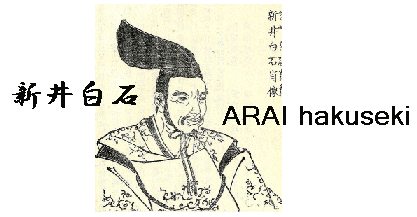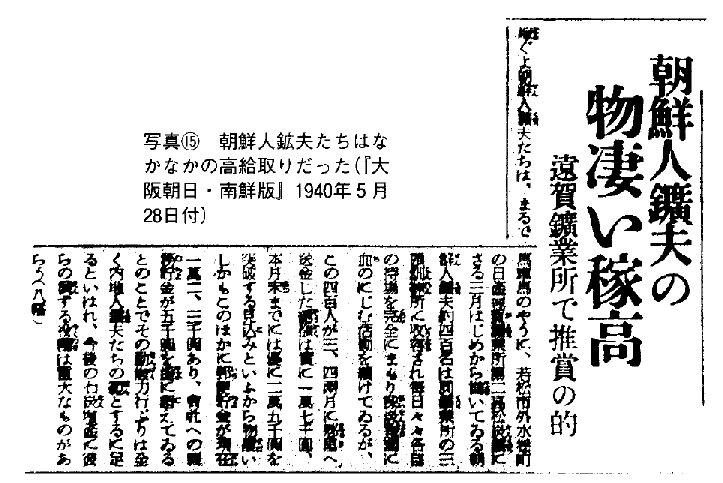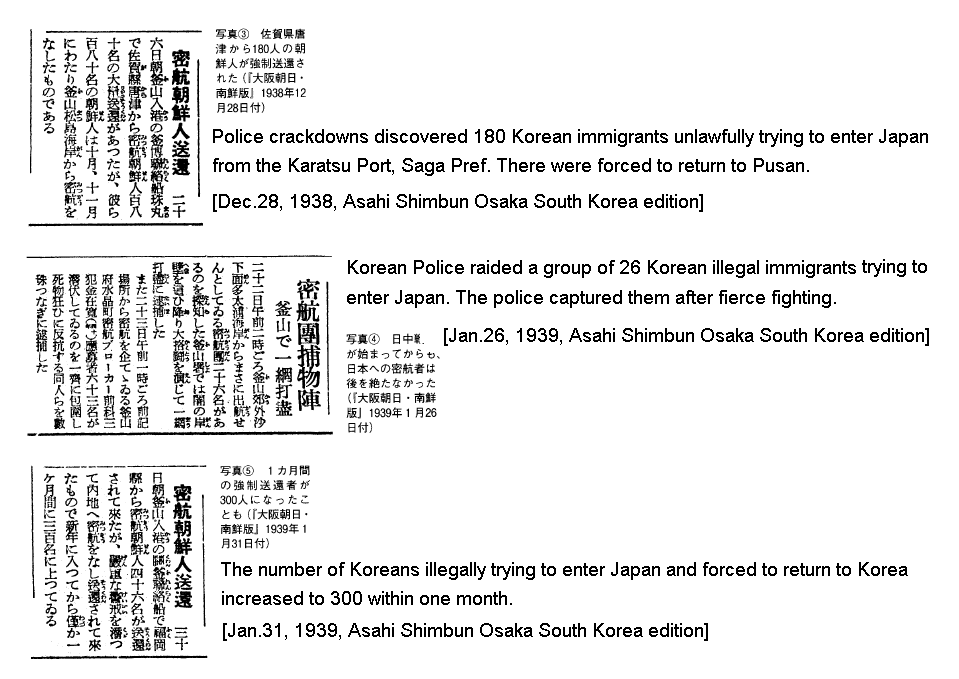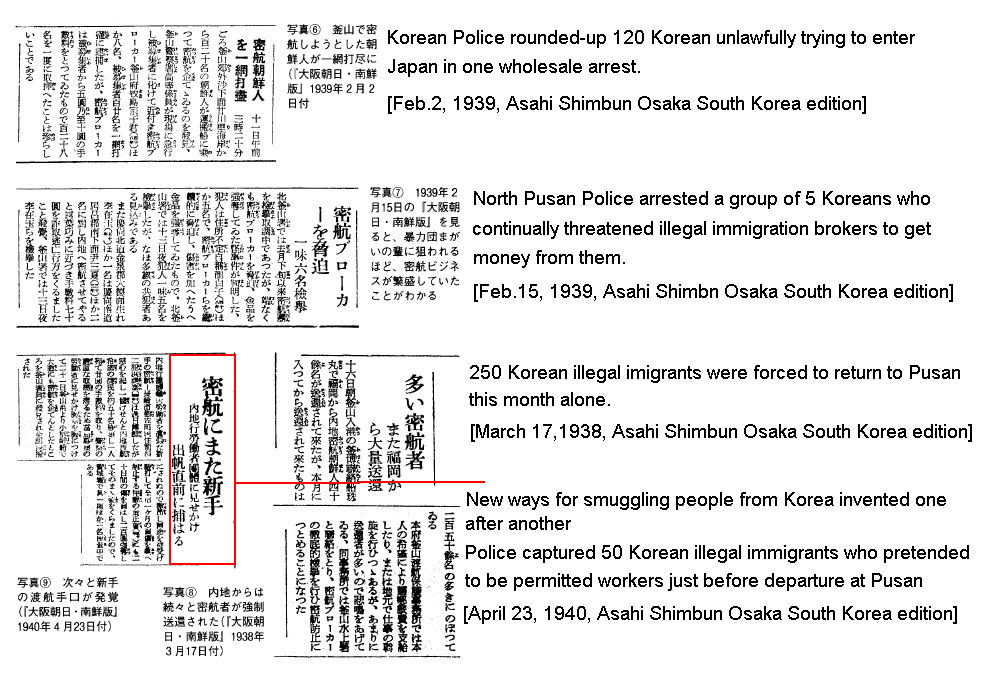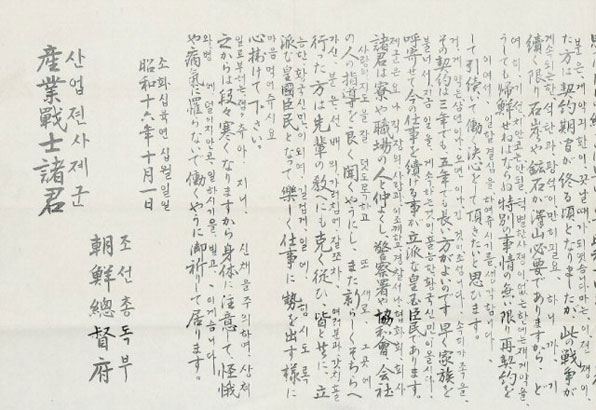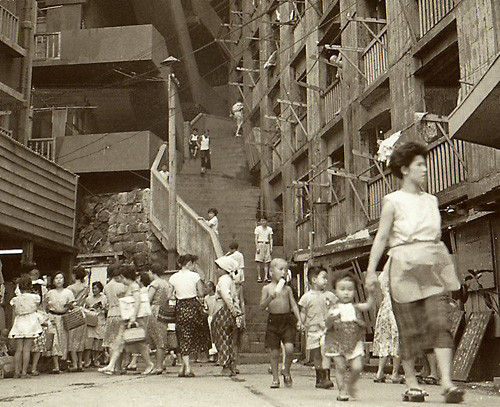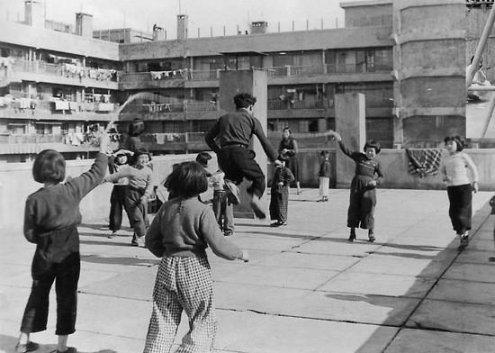The above incident of Korean gBetrayalh to our agreement has completely destroyed Japan - South Korea bilateral relationship. Do not underestimate Japanese peoplefs pride in our culture and history.
It seems South Korea had contemplated this dirty trick of trapping Japan from the very beginning of ICOMOSfs recommendation of enlisting Meiji Industrial Revolution Facilities as World Heritage Sites in early May.
In the UNESCO conference held in Bonn on July 4, the Japanese envoy lost all bargaining chips when they gave approval to S. Koreafs Baekje Kingdom Sites in accordance with the previous agreement.
Under intense pressure to secure Korean consent,
Japan was forced to make concessions of using the wording of gforced to workh in the closing statement.
THIS IS THE KONO STATEMENT ALL OVER AGAIN.
Statements made under such treachery and pressure are of course null and void.
We Japanese hate such dishonest manipulation. All people who use such deception techniques are our enemies.
The United States may have an idea to keep the three-party coalition comprised of the US, Japan and South Korea against North Korea and/or Chinese dictatorship. However, Japan and the Japanese strongly resent the idea.
South Korea constantly brings up history issues in their malicious attempt to disgrace Japan.
How can you keep a nation who are hostile to you and who betrays you at the 11th hour as your coalition partner?
Japan cannot get along with South Korea as Koreans are habitual liars and not trustworthy.
The United States and people of free democracies should choose either Japan or South Korea as their partner in the Asia-Pacific Region.
